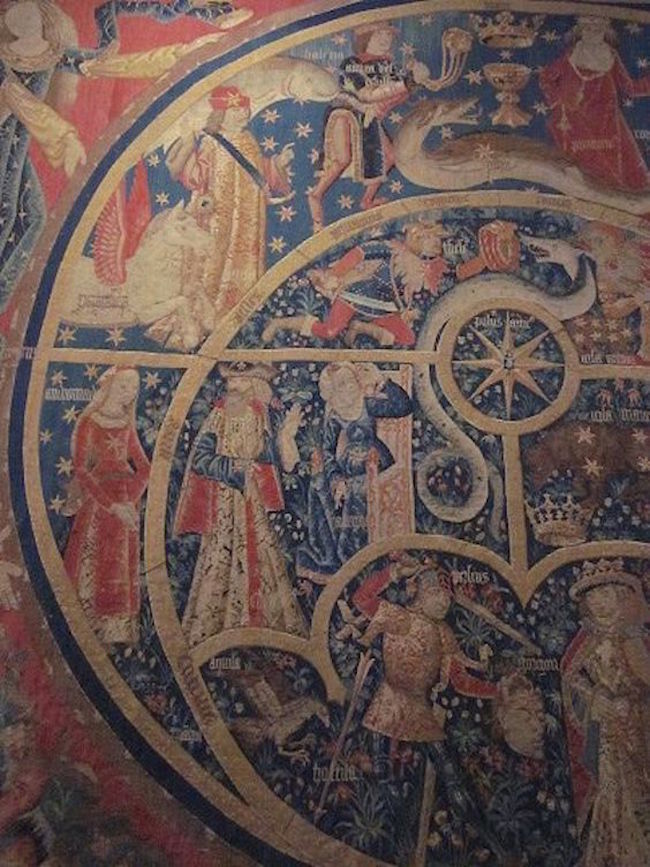Across Andalucia: Toledo…
Most of my travel journals are now at Daveno Travels where I am reissuing them as Director’s Cuts, with full text and previously unpublished photos. This is an excerpt from my trip to Toledo in 2012, highlighting my textile finds and hat inspirations.
My travels have taken me from Venice to Florence, and Genoa and to Istanbul – all centers of commerce during the medieval period, and of heightened artistic and scientific endeavors during the Age of Enlightenment. My next destination continues to trace a path through Europe as it existed under Muslim occupation – to Andalucia, in search of the remnants of medieval Spain when it was under Moorish rule.
Toledo is a small but historically important fortified town, halfway between Madrid and Cordoba. This Iberian city served as a Roman trade hub, a Visigoth capitol during the 6th century, and a Moorish capitol in the 8th century before the Christian Reconquista in 1085. It was the capitol of Spain until 1561 when Philip I moved Spain’s political center to Madrid. It remained Spain’s religious capitol.
One of the highlights of this trip was the Museo de Santa Cruz, as noteworthy for its architecture as its contents, was formerly an orphanage and a hospital. It is home to the famous Tapestry of the Astrolabes. Woven in Belgium in 1480, it combines mythology and science to explain the divine world as it was perceived during the Middle Ages. It covers a wall, floor to ceiling and is about 12′ across – much larger than I thought it was. I spent about 20 minutes here, just trying to absorb all the details.




The Cathedral of Santa Isabel was built in 1227 over the foundation of a 6th century Visigoth church, which itself had been built over a mosque. It houses floor to ceiling works carved from the most beautiful marble I had yet seen. Of equal workmanship were the wooden pews, which appear to be of mahogany, and depict the defeat of Granada. The castles depicted in these carvings are stylized, but the clothing, armor and weaponry are so accurate that historians study the panels to learn the evolution of weaponry of the period. They are also said to be the largest carved choir in all of Europe.


The Chapel of St. Blaise, with its lapis-blue ceilings and murals, was stunning. The halos of the saints, done in gold leaf, were in remarkable condition for frescoes dating back to 1397. One of the treasure rooms is filled with vestments, and I see an alter cloth that had been woven by Muslims, who had included an Arabic border around the central lozenges.


The Cloister of St. John the Kings was begun in 1389 by Rodrigo Alonzo under the direction of Archbishop Don Pedro Tenorio. It was finished in 1425. Finely wrought archways surround a courtyard which is intensely lush and beautiful. This cloister would be among the finest example of Spanish-Arabesque Gothic architecture I would see on this trip. It would take me about 6 years to translate this design into one of my hats.

The rest of this journal, including photos and details about the Neo-Moorish Toledo train station and architectural detail from the mosques and cathedrals in Toledo, are now available at Daveno Travels.